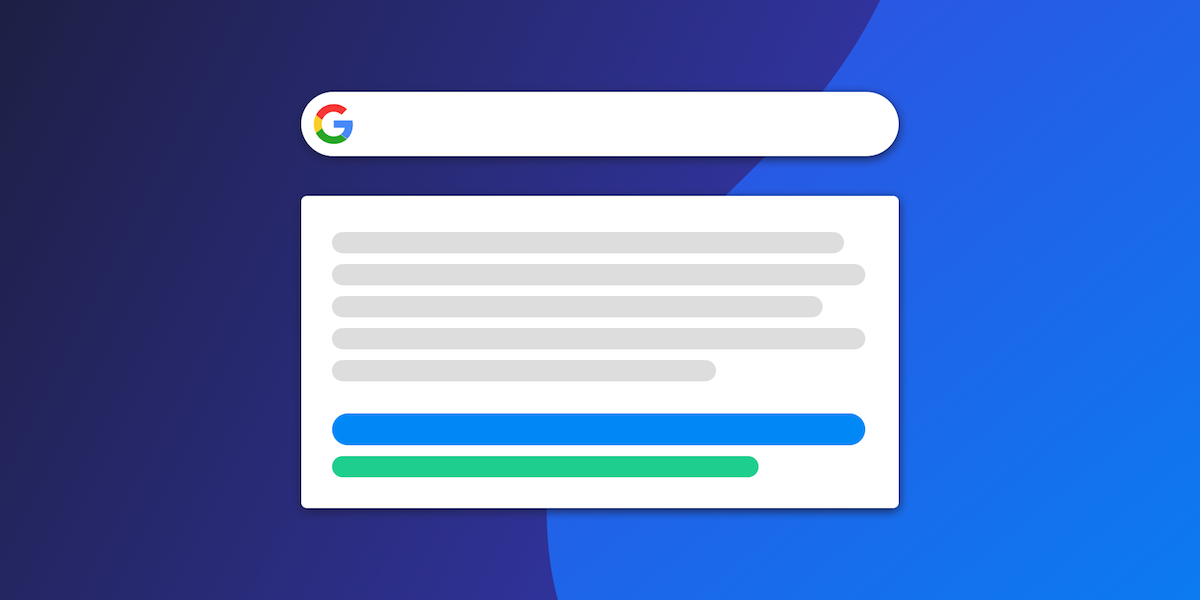 Why a site snippet
Why a site snippet
What is a snippet and how it affects the promotion of the site. Go to the link and find out about the criteria and requirements of the website.
 How the design of the site affects its promotion
How the design of the site affects its promotion
Does the design of the site affect its promotion in the TOP of the issue? What factors affect the design of the site and why you should care not only about usability.
 Validation of the site
Validation of the site
What is site validation? Go to the CityHost blog and learn how to check the validity of the site, why validation is important for the promotion of the site.
 Why are there breadcrumbs on the website?
Why are there breadcrumbs on the website?
Why do you need a navigation chain on the site? What are bread crumbs and how to use them in resource optimization. Read more on the CityHost blog in the article about breadcrumbs
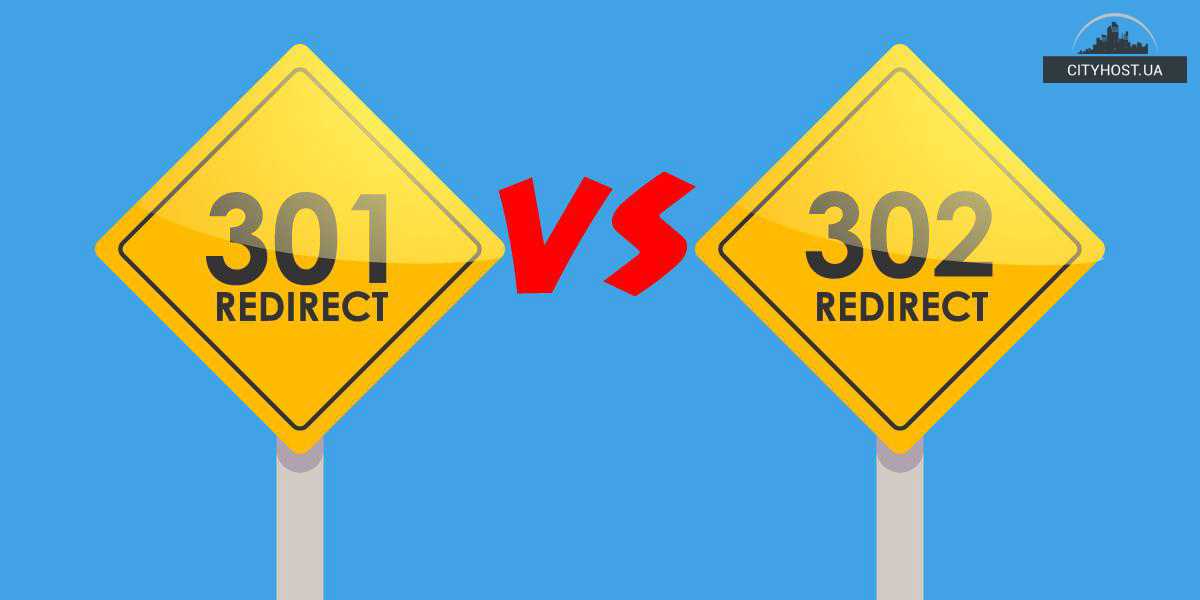 The main differences between 301 and 302 redirects
The main differences between 301 and 302 redirects
The difference between 301 and 302 redirects. What is a 301 redirect and how does it differ from a 302.
 What is site usability
What is site usability
What is site usability. Hosting provider CityHost offers to learn how usability affects the ranking and users of the company's website, why you should care about usability.
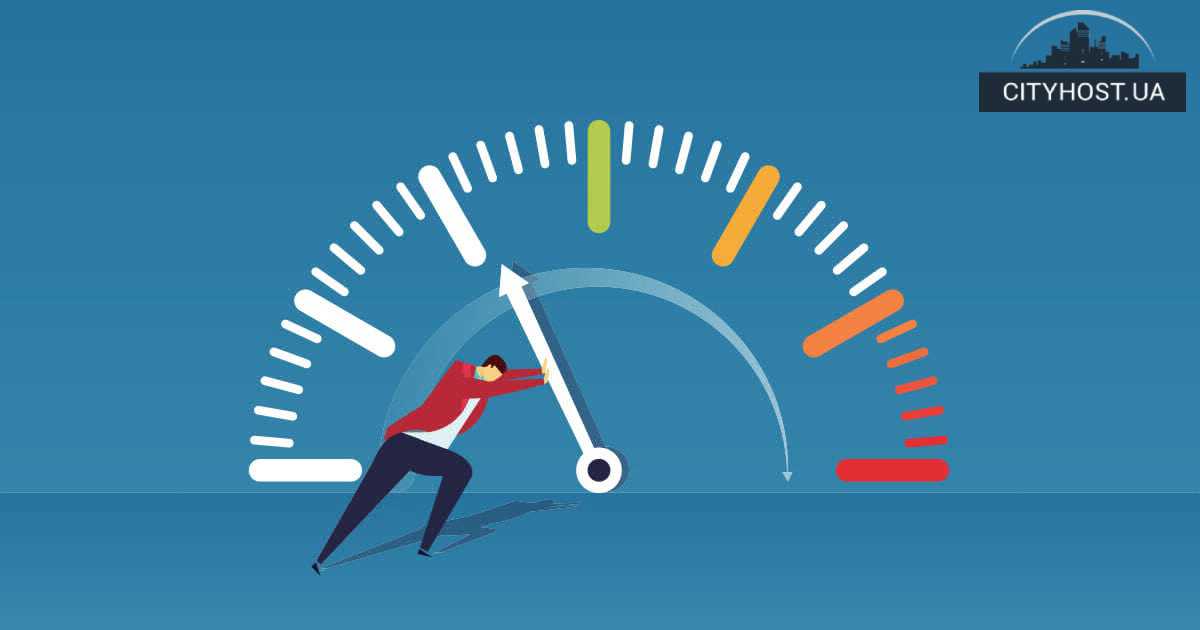 Impact of site speed
Impact of site speed
Checking site speed using Google tools. How site speed affects ranking, what ways to speed up a site exist.
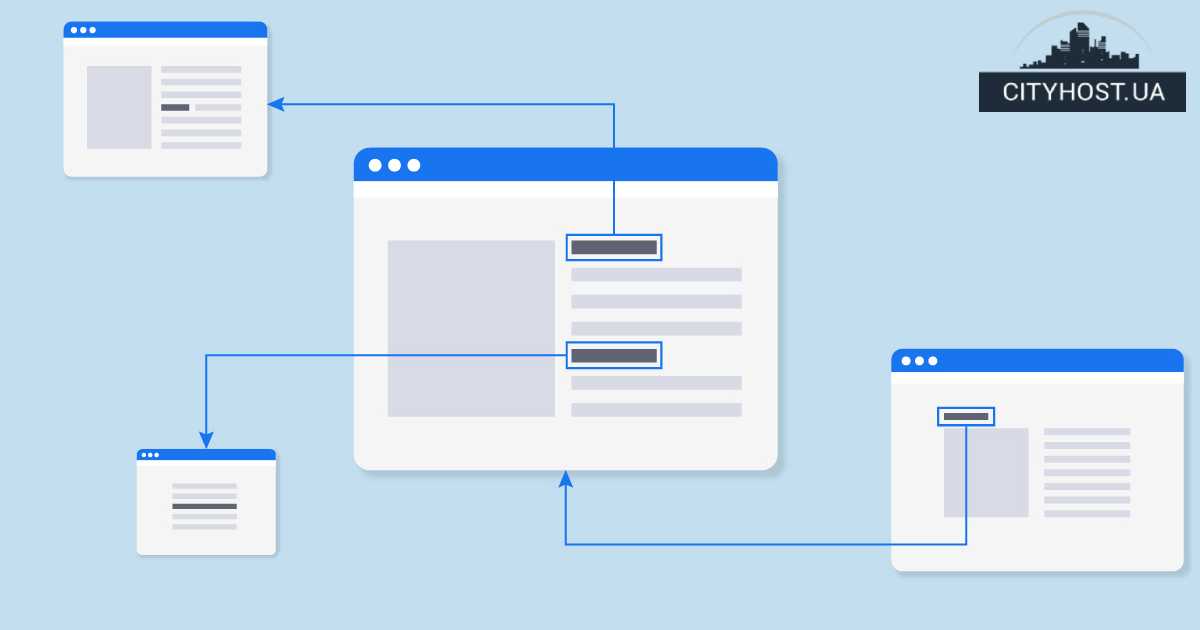 What are site backlinks?
What are site backlinks?
Checking the outgoing links on the site - how to search for external links. We suggest you learn how to search for source links.
 How many links can be on a site page
How many links can be on a site page
What is the optimal number of links on a website page? What is the maximum number of external links that can be on one page
 About site adaptability and its impact
About site adaptability and its impact
Why website responsiveness is so important for promotion. CityHost offers to find out what site adaptability is, how site adaptability affects site positions
 The impact of circular links
The impact of circular links
Never heard of circular links? Follow the link and learn what circular links are, how to remove circular links.
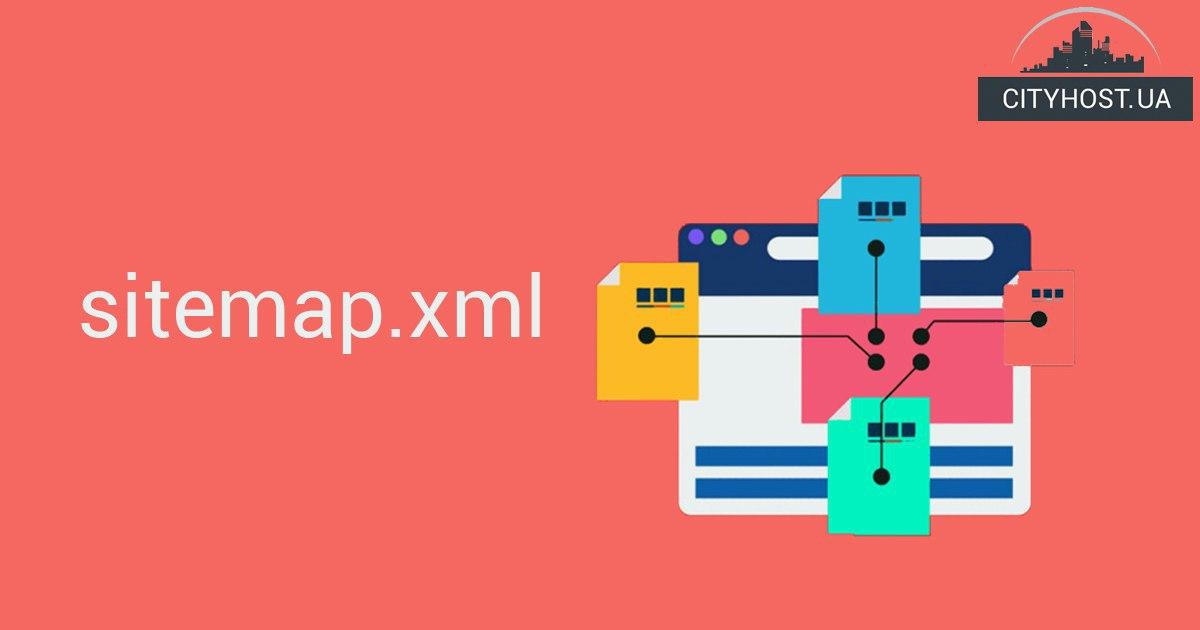 What is an xml sitemap
What is an xml sitemap
What is a sitemap and how does it affect the site. What is the purpose of xml sitemap. For more information, visit the hosting provider CityHost. Go ahead and find out what the xml map should be
Internal site optimization is one of the key stages of project advancement. Directed to work with the project itself: starting from the structure and ending with the content.
Internal optimization is primarily performed for users who will visit the site. The profit of the company directly depends on how well they understand the structure of the web resource, how easily they will be able to find the necessary sections and place an order. After all, if search engines see that people like the online store, and they spend a lot of time on it, then they increase their position in the search results.
If users log in and quickly log out, it means that the site's usability leaves much to be desired. Such a project requires refinement, and therefore does not deserve a place in the TOP-10.
Internal optimization includes work on:
Now you know what internal optimization is and what it gives. Even the 6 points listed above are enough to get into the TOP search engines. But they are actually much more. You will have to work with it constantly, since the internal optimization of the site never ends. You can always improve something. What exactly - read in the blog of the CityHost company.